Make the world a better place. Put your money where your mouth is. Make a difference, stop erosion, stop warming with shade, trap carbon and additional moisture. We are making great progress on our restoration goals here in the Colombian Andes.
I took the time to walk up to the highest part of our farm today, a place we call Vista Ancha, I snapped a selfie along the way, after talking to a neighbor in the path.
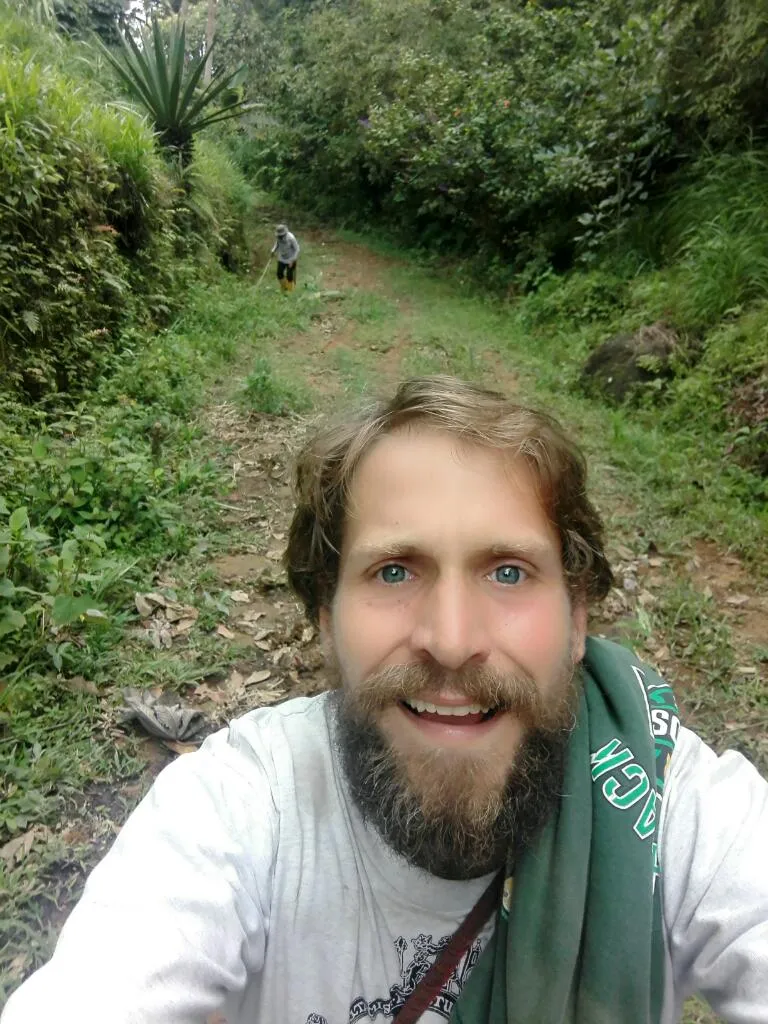
The upper part of the farm was damaged by misuse, it was cut and burned, and when we took over, it was in critical condition. Because of the steep slopes and the exposure to direct wind and rain, when we first began, what we planted didnt grow, even what did grow was slow and stunted.
Here is a look from an edge on, we have been trying to learn from nature about what are the right plants for healing damaged slopes, and we have learned a lot.
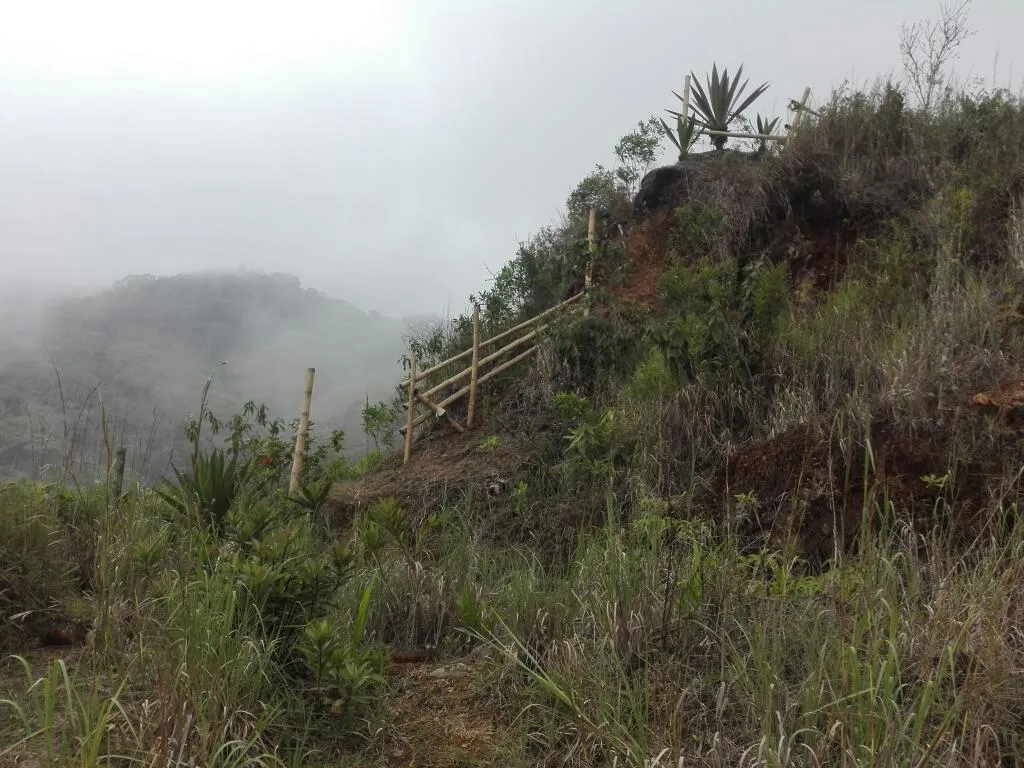
Although we are always seeking to find a balance between social, natural and economic forces, when the earth is hurt it is her skin that first needs to be healed. We are utilizing 'scrub restoration', a method where we allow native woody trees and shrubs to grow and help keep down the 'weedy' grasses and ferns and help establish a first line of soil defense, and growth of life.
Here is our helper Jose who has recently planted 60 trees underneath carefully selected scrub.
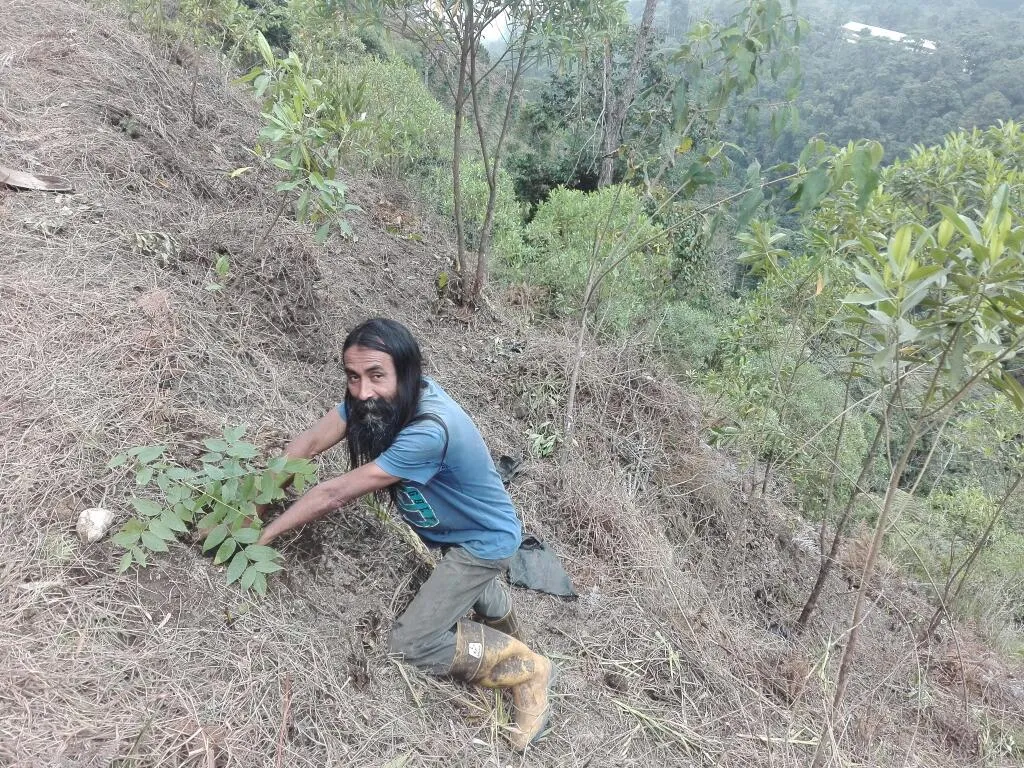
Now we are adding in Andean Walnut (Junglans Neotropica) and Colombian Pine (Retrophyllum rospigliosii), these are two native species known for their high value wood. We are bringing up some Salmwood (Cordia alliodora) seedlings later this week. These steep slopes with difficult access make it tough to bring anything bigger than seedlings, but they will perform much better under the scubwood cover that we have left standing. Especially the pine but also the other trees perform better when they can emerge from at least a partial shade canopy, and they definitely grow straighter and taller as well. I believe that successional restoration is the key to building back high quality sustainable land use agroforestry systems.
To make the world a better place.
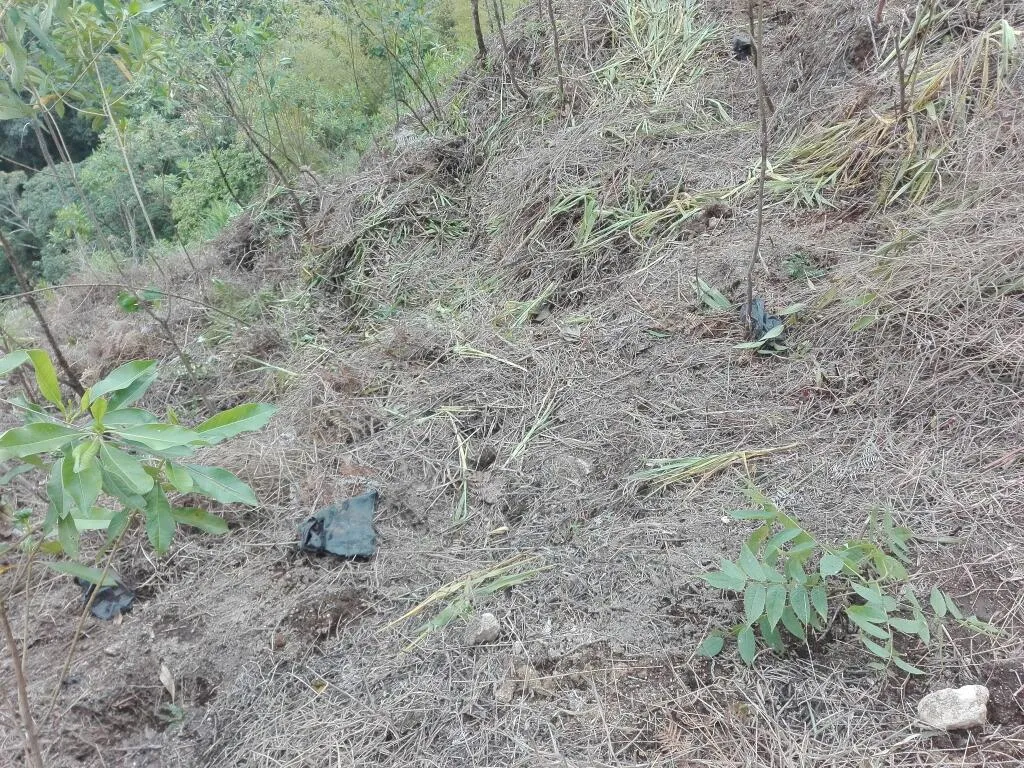
Over the next two weeks, we are looking to open up more areas to plant at least 150 more of these species of trees. While they are slow to get started, once established they will add a lot of value to this once degraded land, and help us continue to observe and learn about the best ways to continue restoring the relationship between human systems and Mother Nature.
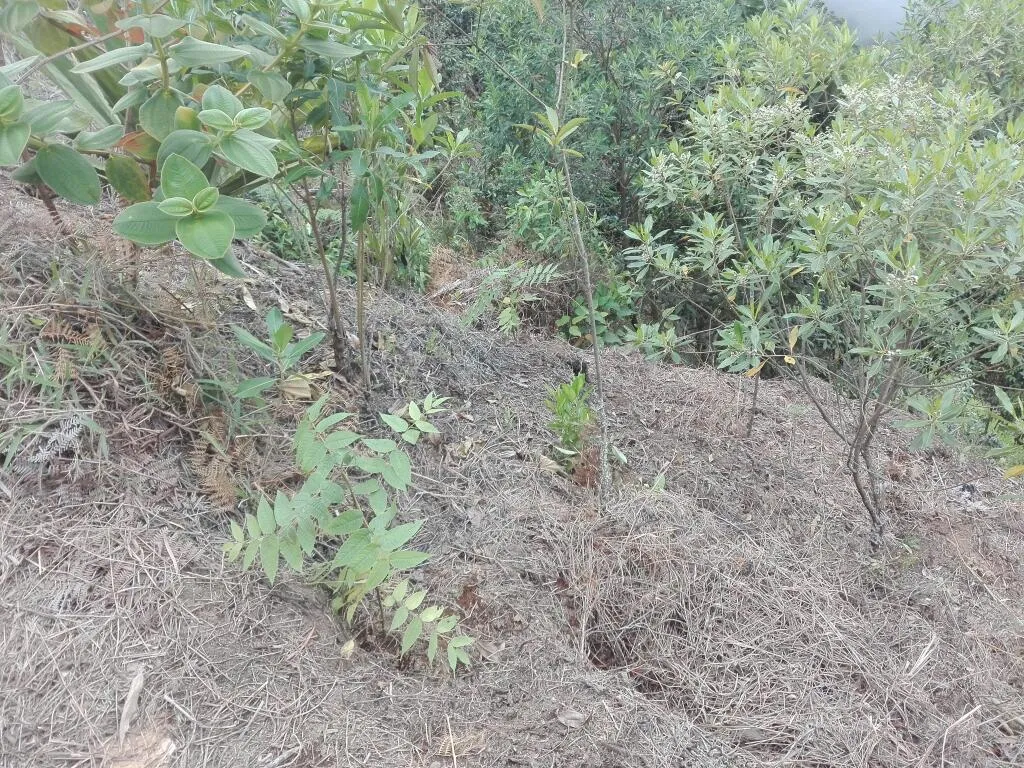
The solutions are already being implemented. We know what we have to get better at to get better results from our agriculture and land use schemes. What we need is massive small scale testing of polyculture systems. We need millions if not billions of volunteers to grow plants with other plants and observe the results. Luckily there are a lot of people getting started, come join in!
